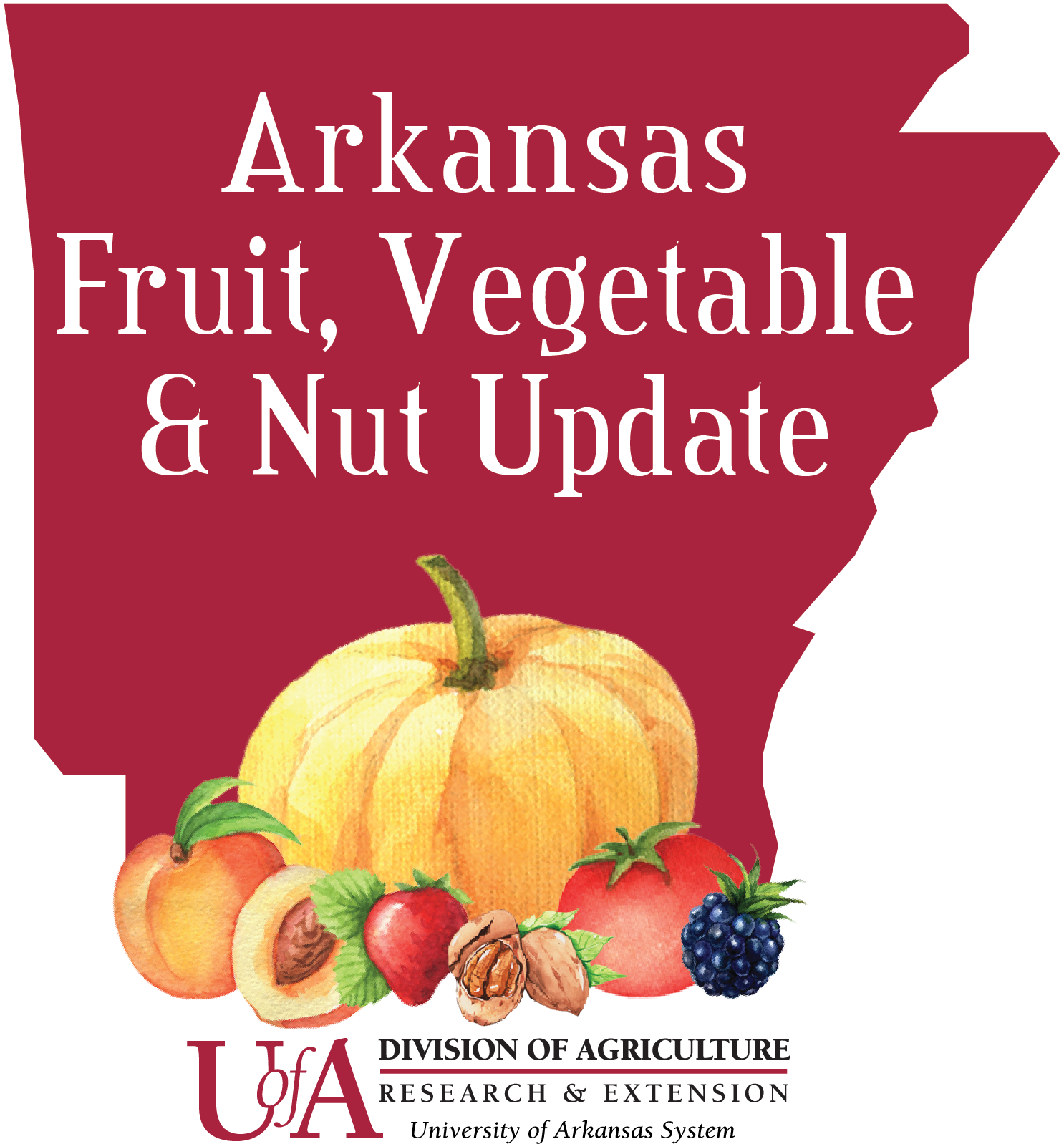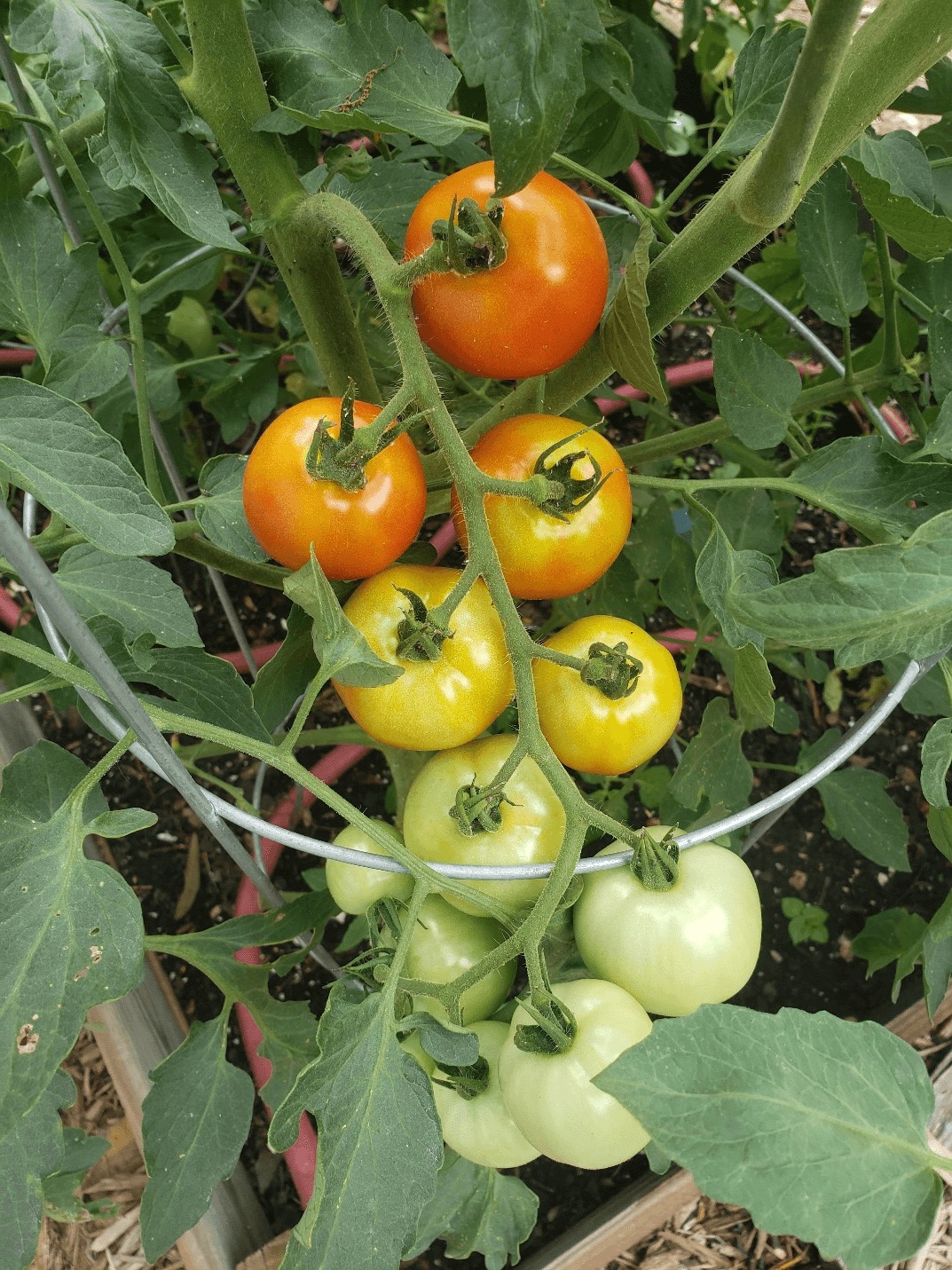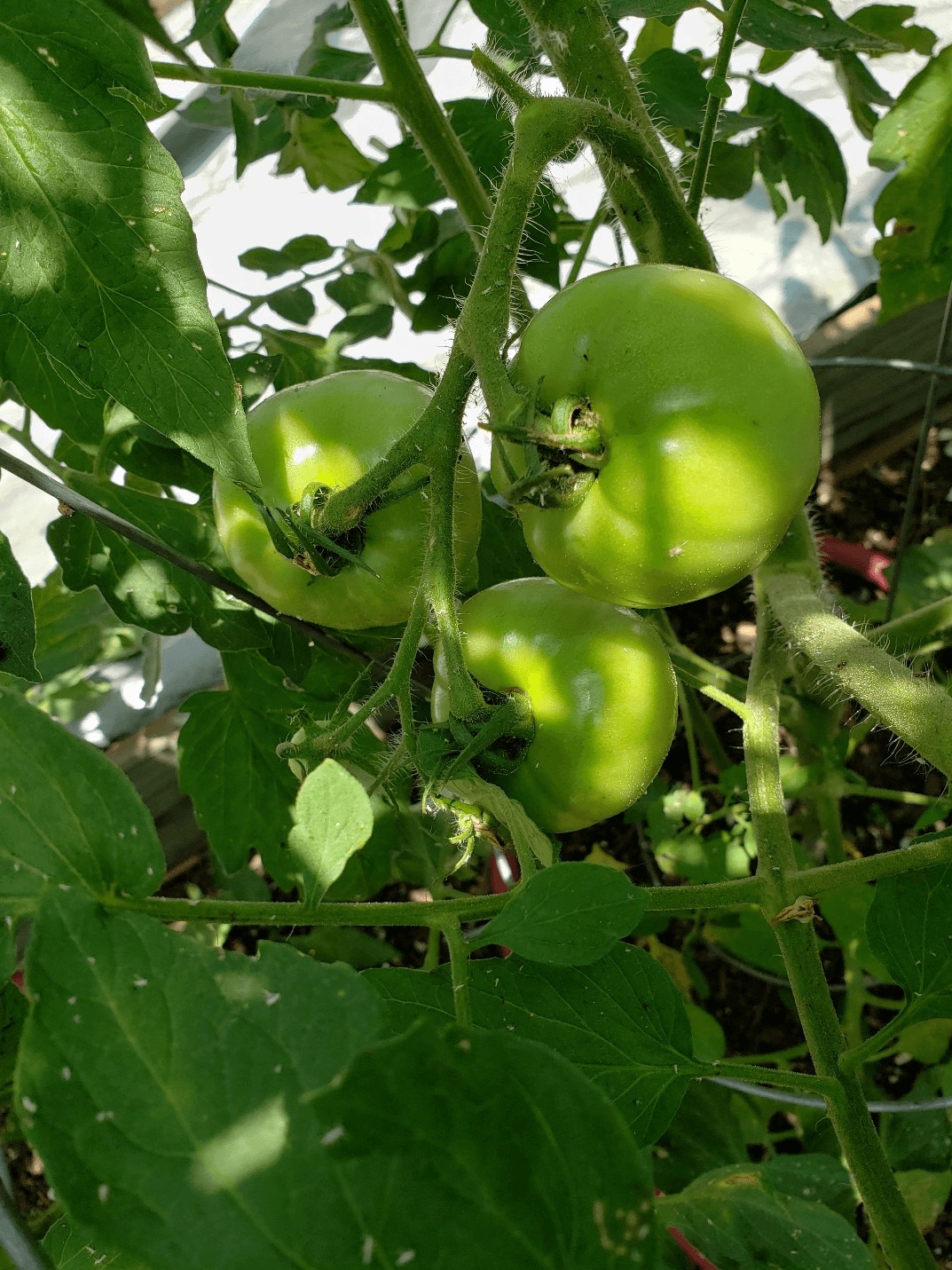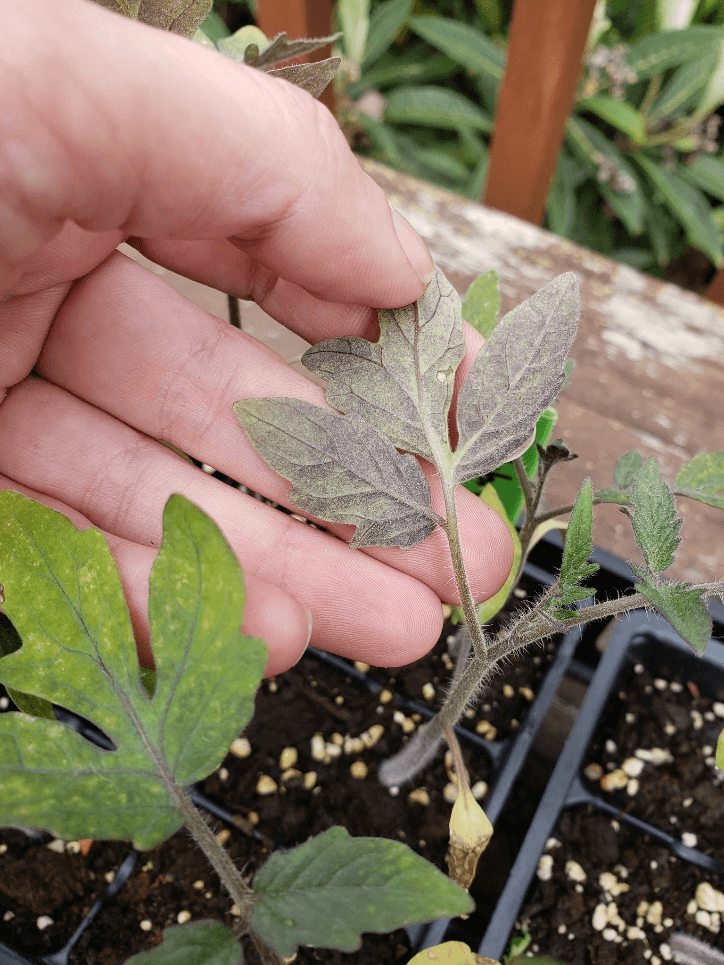
2020 County Agent Tomato Demo Results
Thanks to Kurt Beaty (Jefferson County), Randy Forst (Pulaski County) and Jennifer Caraway (Miller County) for providing their data to this report.
The past few years University of Arkansas Cooperative Extension County Agents have been conducting demonstrations of tomato plantings with growers and gardeners across the state. This year they trialed three cultivars that have varying disease resistance to see how they would grow, and more importantly how they taste!
The cultivars that were trialed were as follows (Green filled box indicates a disease resistance or tolerance):
| Variety | Fruit Size | Days to Maturity | Comments | TSWV | Alternaria Stem Canker | Fusarium (O, 1, 2, or 3) | Grey Leaf Spot | Verticilium Wilt | Early Blight |
|---|---|---|---|---|---|---|---|---|---|
| Moutain Magic | 2 oz, Campari Type | Listed as 66-75 days | Indeterminate. Fruit are described as: excellent flavor, uniform and crack resistant-potential to harvest the truss. Vigorous plants, need sturdy trellis. | No | No | 0, 1, and 2 | No | Yes | Yes |
| Red Defender | 8 oz | 75 days | Determinate. Later season, maybe prone to catfacing in first harvests. Flattened globe fruit shape. | Yes | Yes | 1 and 2 | Yes | Yes | No |
| Celebrity | 8 oz | 65-70 days | Determinate; semi-determinate. Mid-season; plant is vigorous | No | No | 1 and 2 | No | Yes | No |
A few additional locations also trialed:
| Variety | Fruit Size | Days to Maturity | Comments |
|---|---|---|---|
| Phoenix | 8 oz | 72 days | Early mid-season. Good ability to set fruit in high heat (fall production). Vigorous vine with good leaf cover for fruit protection. |
| Mountain Spring | 9-12 oz | 69-72 days | Good flavor and processes well for canning. Good leaf coverage of fruit to protect fruit from sun scald. High-quality fruit with high tolerance to cracking, very attractive uniform appearance. A week earlier than other red members of the series, with 8-10 oz firm fruits. Resists cracking and blossom-end rot. Mild, pleasant flavor. |
Each agent received 6 plants of each cultivar and they were given a standard fertility and pest management program that they could choose to follow.
County agents posted the progress of their demos on social media and you may have seen them tagged with #tomatodemo2020 or #uaexHORT
There were 30 counties that provided feedback at the end of the demonstration.
Kurt Beaty (Jefferson County), Randy Forst (Pulaski County) and Jennifer Caraway (Miller County) additionally collected yield data on the cultivar’s performance at their demonstration locations.
Here is some of the feedback agents and their demonstration cooperators gave about these tomato cultivars, based on their performance during the summer of 2020.

Early season 'Mountain Magic' tomatoes ripening. (Photo: Amanda McWhirt)
Mountain Magic was the highest rated (4/5) for flavor, yield, and plant health of all of the varieties evaluated. It was also the cultivar that people said they would most likely plant again. Several agents commented that if people like smaller Roma/ Campari style tomatoes that these plants were very productive and set nice fruit. Some agents were still harvesting late into August on Mountain Magic, though the fruit size dropped off later in the season. Some really enjoyed the flavor of this one, but not all.
-
-
From the data collected Mountain magic was producing on average 50->100 tomatoes per plant over the season
-
Fruit average 0.70 oz per fruit; fruit size dropped off over the season so this average is lower compared to the published 2oz fruit size
-
Yields averaged 5-10 lbs. per plant
-

Early season ‘Celebrity’ tomatoes. (Photo: Amanda McWhirt)
Generally, people were happy with Celebrity it averaged 4/5 for flavor and plant health, but only 3/5 for yield. For others it was hit by bacterial wilt early and plants were lost.
-
-
Average size 6.85 oz tomato
-
Yields averaged 6-15 lbs. per plant
-
There were mixed reviews of Red Defender with it averaging 3/5 for flavor, yield and plant health. Some had good yields, and good plant vigor but for others the plants struggled to establish, and some had heavy plant losses due to bacterial wilt. This was the cultivar that has resistance to many common disease problems, however it was not rated highly by the demonstration participants for flavor.
-
- Average size 6.25 oz tomato
- Yields averaged 5-14 lbs. per plant

Tomato transplants showing purple coloring due to cool temperatures in April 2020. (Photo: Amanda McWhirt)
Mountain Spring was one of the lowest producing cultivars for both Randy (Pulaski) and Jennifer (Miller) and averaged 3 oz sized fruit.
Phoenix was a high yielder for Randy (Pulaski), but not for Jennifer (Miller). It had slightly smaller fruit size on average at about 5 oz.
Overall, many of the participants felt that all of the cultivars were lacking in flavor.
Some of the observed differences in plant performance across the state are likely due to differences in climate, disease pressure and planting date. If you remember back to the late spring of 2020, we had lots of very cool temps late into April and early May that delayed planting or slowed the establishment on young transplants already in the ground.
Thanks to all the county agents and collaborators who participated in providing feedback on the 2020 Tomato Demonstration:
| Name | County |
|---|---|
| Phil Horton |
Arkansas |
| Les Walz | Cleveland |
| Herb Ginn | Crawford |
| Krista Quinn | Faulkner |
| Jesse Taylor | Franklin |
| Cory Tyler | Fulton |
| Alex Dykes | Garland |
| Dave Freeze | Greene |
| Clay Wingfield | Hempstead |
| Rachel Bearden | Hot Spring |
| Nathan Reinhart | Independence |
| Kurt Beaty | Jefferson |
| Jennifer Sansom | Little River |
| Bob Harper | Logan |
| Darrin Henderson | Madison |
| Jennifer Caraway | Miller |
| Randy Black | Montgomery |
| Adam Willis | Newton |
| Keri Weatherford | Ouachita |
| Zach Gardner | Perry |
| Shawn Payne | Philips |
| Jeffrey Works | Poinsett |
| Sherry Beaty-Sullivan | Polk |
| Randy Forst | Pulaski |
| Nicole Nichols | Saline |
| Clyde Fenton | Sebastian |
| Tyler Caston | Stone |
| Sherri Sanders | White |
| Brett Gordon | Woodruff |